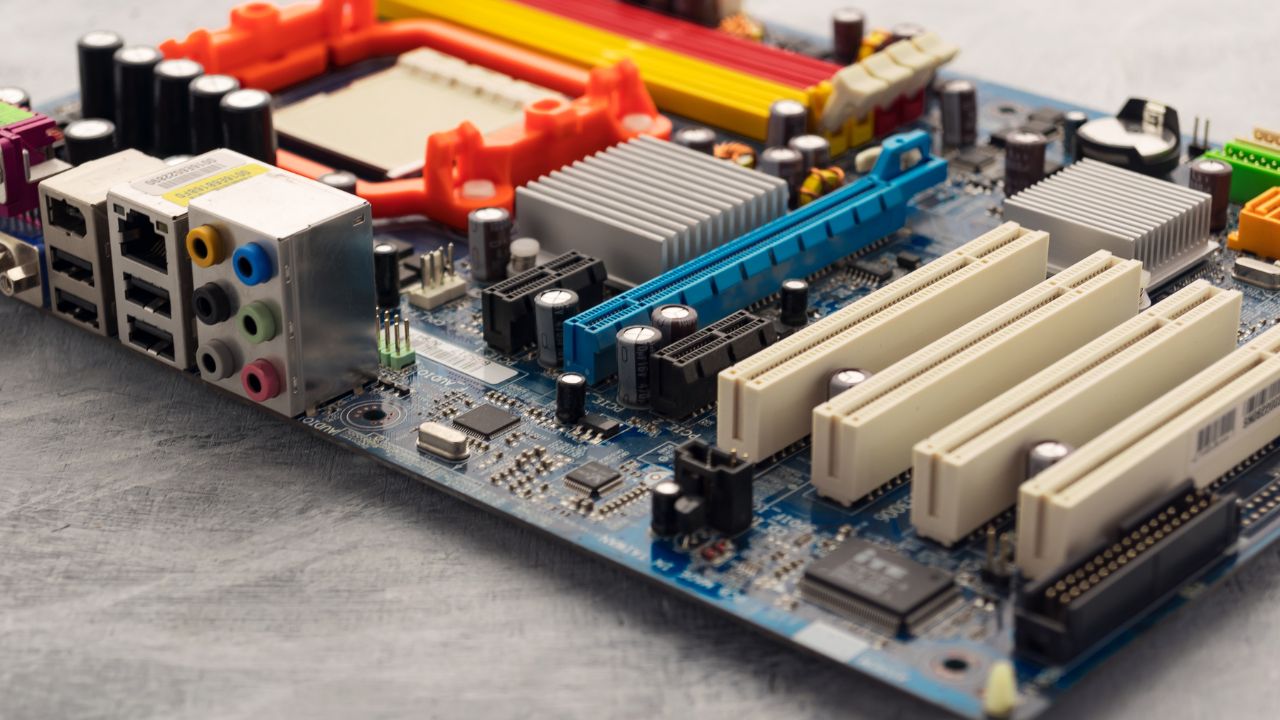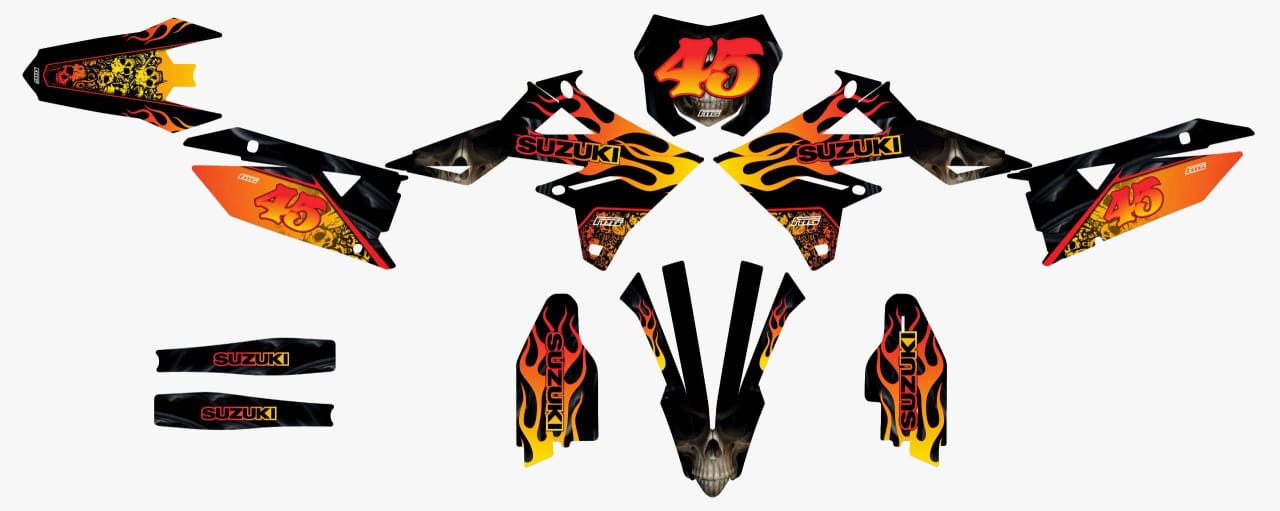For many years, dedicated hardware scanners were standard tools in retail and logistics. While effective, these single-purpose devices carry a significant environmental cost. The manufacturing process relies on extracting critical raw materials like metals and durable plastics, which requires substantial energy and can generate waste.
These traditional scanners also contribute to the growing problem of electronic waste (e-waste). When they reach the end of their lifecycle, their disposal is often expensive and complex. Many components, including lithium batteries and reinforced plastics, can take hundreds of years to decompose and may release harmful substances into the environment.
Embracing Software-Based Scanning Solutions
A more sustainable alternative has emerged with the widespread adoption of smartphones. Instead of manufacturing, shipping, and eventually discarding a separate device, businesses and consumers can now use the devices they already own. This approach is often called “Bring Your Own Device” (BYOD) and represents a significant step toward responsible resource management.
By installing specialized software, a standard smartphone transforms into a powerful and accurate barcode scanner. This shift eliminates the need for an entire class of single-function hardware. It reduces the demand for new manufacturing and shrinks the carbon footprint associated with production and transportation, directly addressing the challenge of e-waste.
Designing for Low Energy Consumption
Making mobile scanners more eco-friendly goes beyond just hardware. The software itself is being designed with sustainability in mind. App developers are adopting green technology principles to ensure their scanning applications use as little energy as possible, extending battery life and reducing the overall environmental impact.
Minimalism and Resource Efficiency
Modern app design increasingly favors minimalism, not just for its clean look but for its efficiency. Simple, uncluttered user interfaces require less processing power to render and operate. Key elements of this approach include:
- Flat design: Using two-dimensional graphics avoids resource-intensive effects.
- Simplified navigation: Streamlined user flows reduce the number of steps and taps, saving energy with each action.
- System fonts: Relying on default system typography is more energy-efficient than loading custom fonts.
These design choices create faster, more responsive apps that consume less power, making the digital experience more sustainable.
The Impact of Dark Mode
A feature that has gained immense popularity for its visual comfort also offers significant sustainability benefits. Dark mode, especially on devices with OLED or AMOLED screens, can dramatically reduce energy consumption. On these displays, black pixels are turned off and consume no power.
By displaying light text on a dark background, apps can lower battery drain by a notable margin. For text-heavy applications or those used for extended periods, this simple feature makes a measurable difference in energy use, aligning with the principles of green technology.
Innovations in Sustainable Hardware
The move toward eco-friendly scanning is also supported by advancements in the manufacturing of mobile devices themselves. The electronics industry is increasingly focused on green design, creating products that are more sustainable throughout their entire lifecycle.
This includes using more recyclable materials and exploring biodegradable polymers for device casings. These efforts aim to reduce reliance on virgin plastics and make electronics easier to recycle at the end of their life. Additionally, progress in materials science is leading to the development of organic electronics, which promise lighter, more flexible, and more energy-efficient components for future devices. Battery technology is also evolving, with research into alternatives that reduce dependence on rare minerals and offer longer lifespans.
How Mobile Scanning Drives Broader Sustainability
The sustainability of mobile scanners extends to their practical applications, which help both businesses and consumers make more eco-friendly choices. By providing instant access to data, these tools promote efficiency and transparency across the supply chain.
Reducing Waste Through Smart Inventory
In retail and logistics, accurate barcode scanning is crucial for effective inventory management. Real-time tracking helps businesses maintain precise stock levels, preventing over-ordering and the waste that comes from expired or unsold goods. This is particularly important in the food industry, where it helps reduce food waste.
Empowering Conscious Consumers
For individuals, a smartphone scanner becomes a tool for making informed decisions. Consumers can scan a product’s barcode to access information about its origins, manufacturing process, and recycling instructions. This capability transforms a smartphone into a powerful data collection tool, much like a dedicated mobile computer, but with a significantly smaller environmental footprint. It empowers people to support brands that align with their values regarding sustainability.
Ultimately, the evolution of mobile scanners is a clear example of how green technology is being integrated into our daily tools. By moving from wasteful dedicated hardware to energy-efficient software on multi-purpose devices, this technology offers a smarter and more sustainable path forward.






